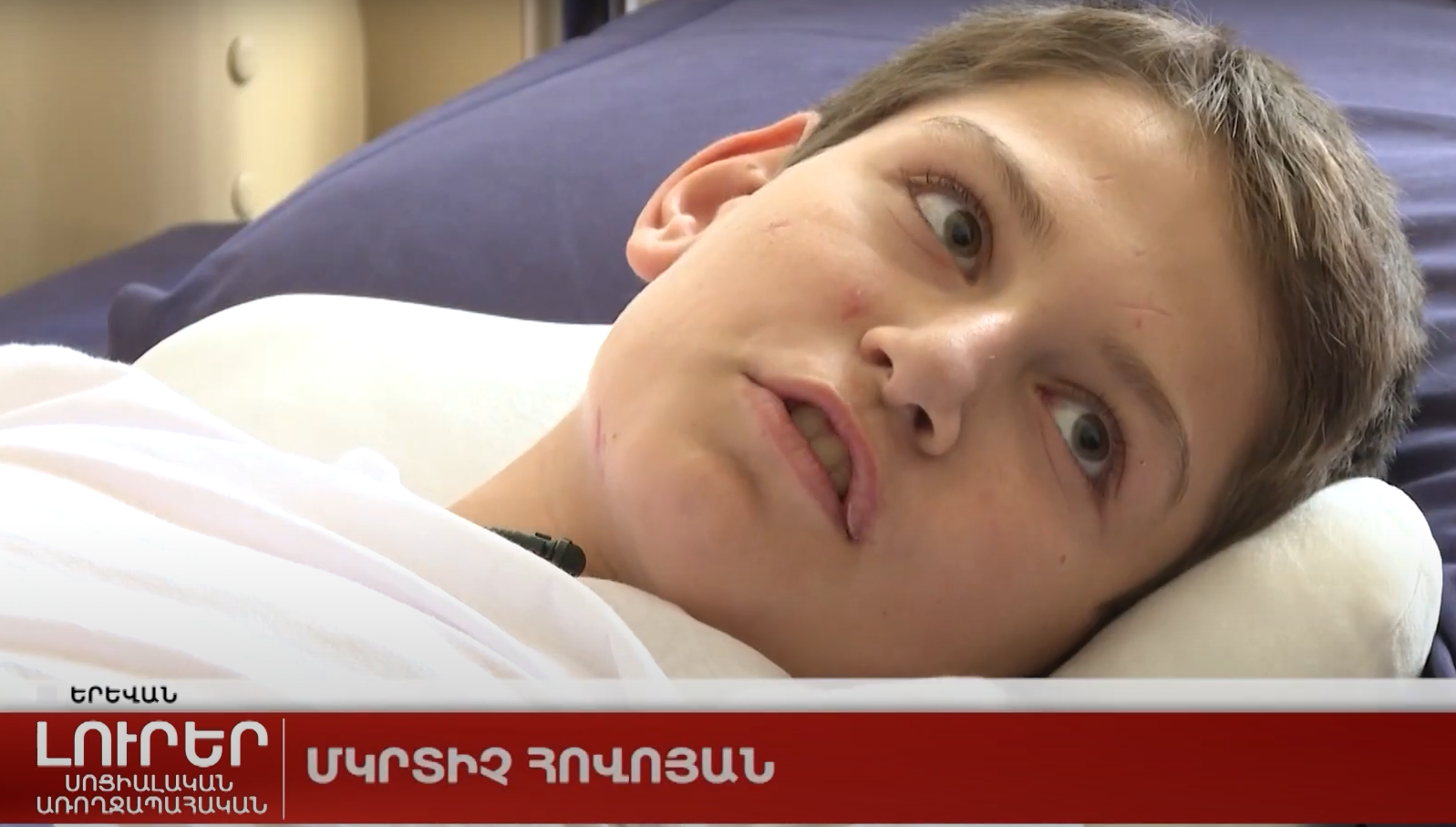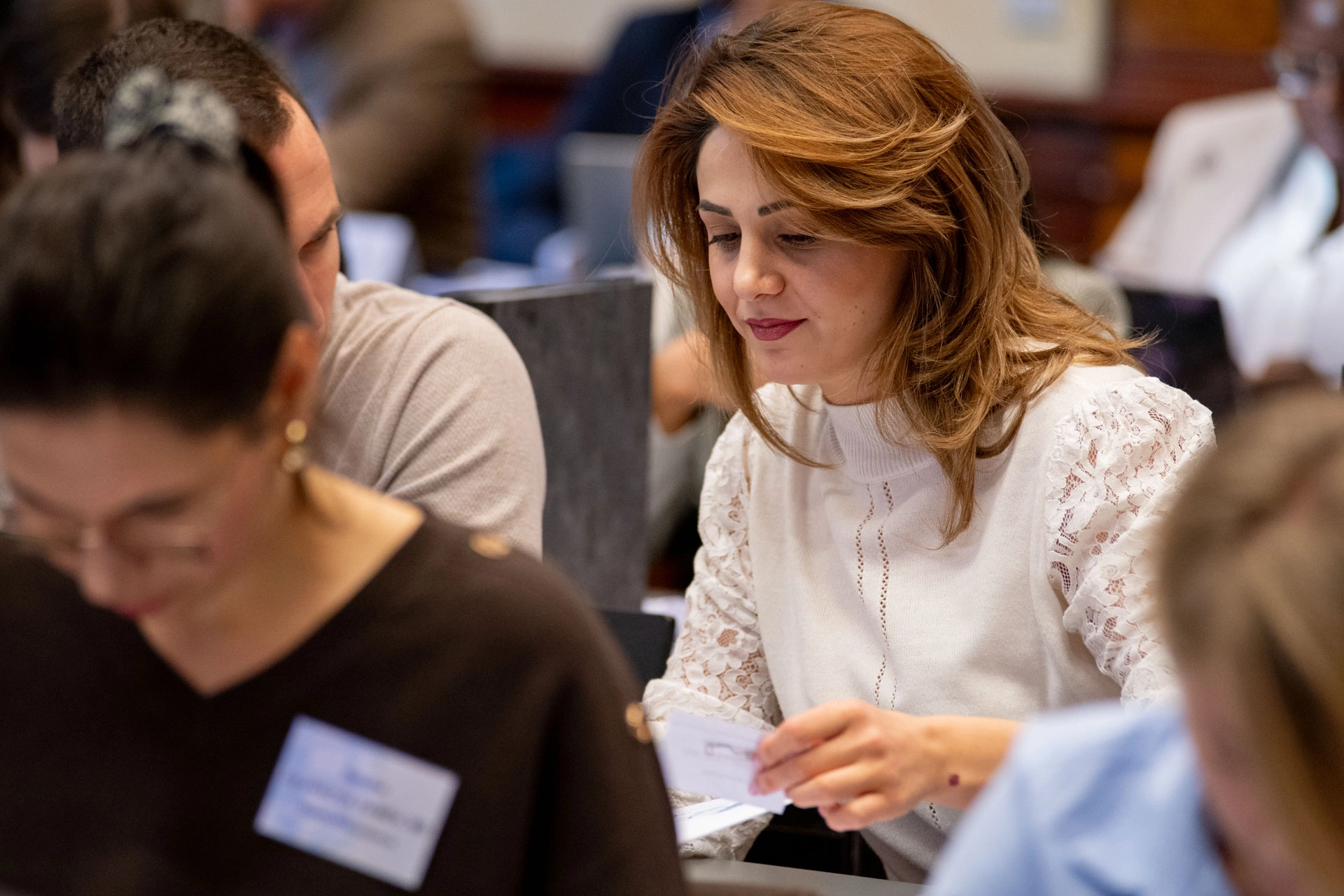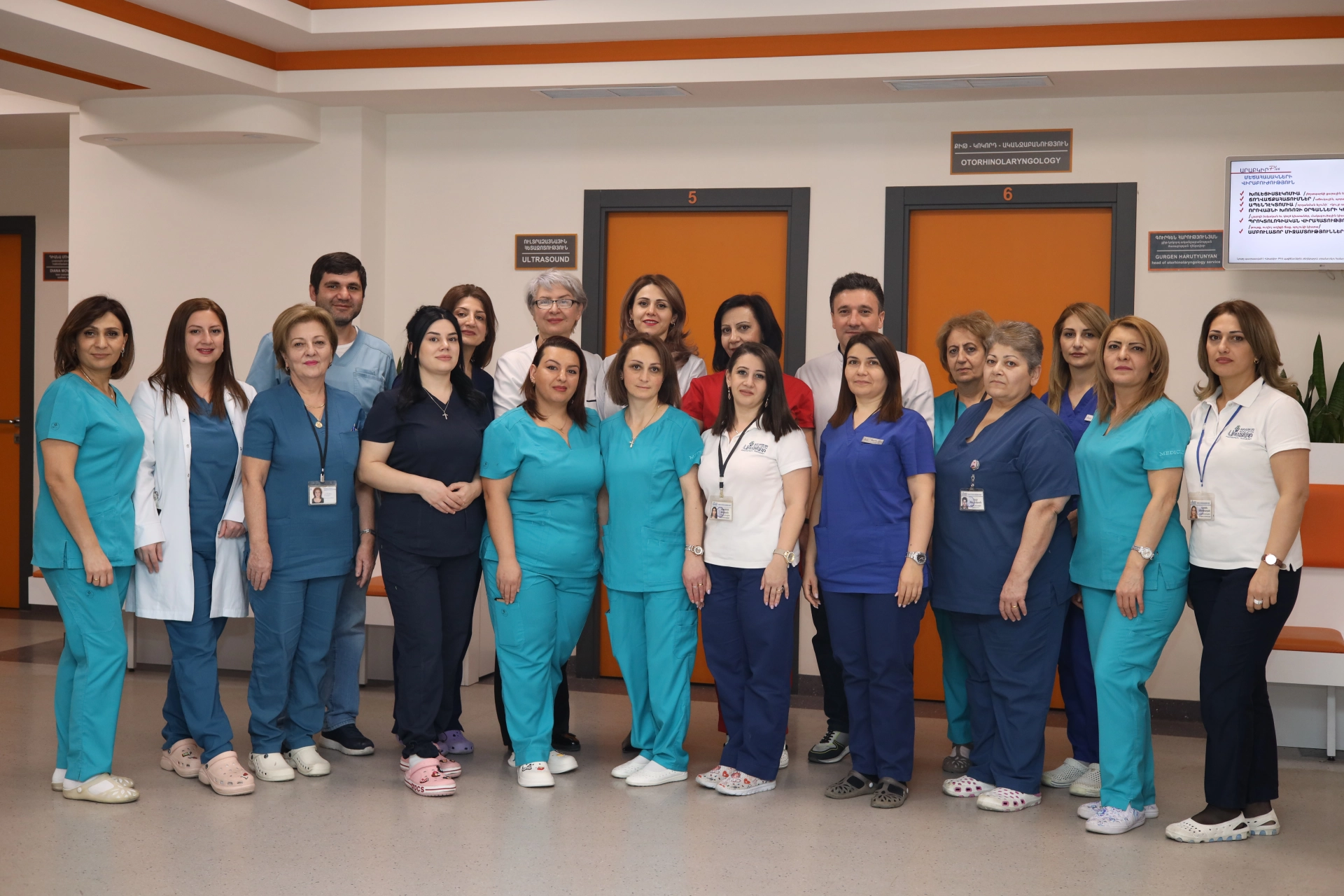The Public TV report on brave Mkrtich.
The boy suffered shrapnel wounds in Vank village, Martakert.
For the past few days, Vazgen has been caressing his son with extreme care, almost not touching. He dreads causing any more pain to his son. There are hundreds of pieces of shrapnel in his 13-year-old son’s body. He shares a recent photo taken in the hospital, relieved that his son is looking better now.
Vazgen Hovoyan: “My wife sent me to take pictures of our children. When I returned, she was out of the operating room.”
His wife is also dealing with shrapnel wounds, and she is undergoing treatment in a different hospital.
They used to live in Vank village in Martakert after the 2020 war, having moved from Dadivank.
Mkrtich Hovoyan: “We were at home, just sitting, when…”
An explosion occurred. AnAzerbaijani missile, originally aimed at civilian objects, landed directly on their house.
Mkrtich Hovoyan: “First, there was a yellow light, then an explosion. Everything turned black afterwards. And…I woke up, but I can't remember whether I fell or not…My chest hurt, and I got back on my feet.”
They transported him to the hospital and performed two surgeries.
Albert Lalazaryan, Pediatric Surgeon: “He had a multifragmentary fracture of the left mandibular ramus, fortunately without displacement. He also had a first left rib fracture, again without displacement. In addition, he has a foreign body (fragments from the bomb) in the lower lobe of the left lung, with a lower lobe contusion of the left lung and hemothorax. There was also a foreign body in his spleen.”
His stomach was wounded in three parts, his small bowels in 15 places, and the large bowel in one.
Albert Lalazaryan, Pediatric Surgeon: “He underwent a surgery, during which a colostomy was created on the left side.”
Mkrtich Hovoyan: “At first, these two wounds caused intense pain, and I couldn’t move my hand like this. But over time, these wounds healed.”
There was a foreign body in his right wrist area.
Mkrtich Hovoyan: “I could not feel my finger up to this part, and my thumb hurt as well. Surgeons operated on it, and now I can move all my fingers, except the thumb, which still hurts.”
Even today, he carries numerous shrapnel fragments in his soft tissue, from head to toe.
Albert Lalazaryan: “The most significant risk we face today is the fragment lodged in his lower lobe of the lung, which can damage the lung tissue during breathing movements and could, at some point, come into proximity with major blood vessels, potentially causing severe bleeding.”
Currently, they are awaiting removal of the fragment, which may also necessitate the removal of a part of his lung. Another concern is the foreign body in his spleen.
Albert Lalazaryan: “The fragment in the spleen is currently stable, and the risk of bleeding is relatively low, but there is a potential risk of infection. If an infection were to occur in the spleen, it would present a problem and we might need to consider spleen removal.”
Specialists assure that the effects of shrapnel wounds will become noticeable in the months ahead. However, Mkrtich remains positive and resolute:
Mkrtich Hovoyan: “Everything is going well.”

 English
English
 Հայերեն
Հայերեն Русский
Русский






